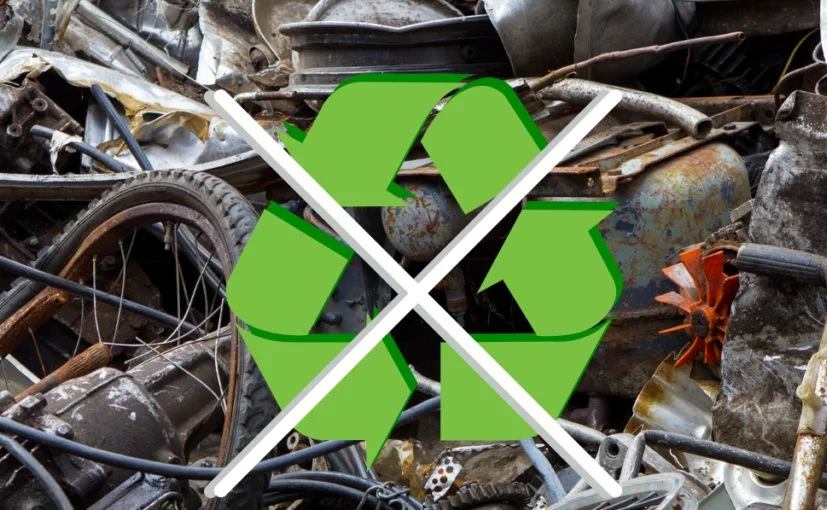Scrap metal has various environmental benefits. Let's explore scrap metal's eco-friendly resurgence and how it finds a second life as a valuable resource, benefiting both our environment and our economy
Eco-Friendly Metal Resurgence - A Second Life for Scrap
In a world increasingly driven by sustainability and environmental consciousness, the resurgence of scrap metal as a valuable resource is a remarkable testament to human innovation and the commitment to a greener future. In this article, we delve into the fascinating journey of scrap metal, its eco-friendly resurgence, and how it's finding a second life that benefits both the environment and our economy.
The Metamorphosis of Scrap Metal
Scrap metal collection, once considered waste destined for landfills or incineration, has undergone a profound transformation. It has emerged as a valuable commodity in the circular economy, where resources are conserved and reused rather than disposed of. Here's how scrap metal is experiencing a second life:
- Collection and Sorting: The process begins with the collection of scrap metal from various sources, including construction sites, factories, and discarded consumer goods. Scrap metal yards serve as hubs for sorting and categorizing these materials.
- Quality Control: Quality control measures ensure that the collected scrap metal meets certain standards. Contaminants like non-metal materials are removed to enhance the purity of the scrap.
- Melting and Refining: The sorted scrap metal is then subjected to high-temperature melting in furnaces. This process not only reduces the metal to its liquid state but also helps eliminate impurities. The refined metal can now be used as a raw material in various industries.
Eco-Friendly Advantages
The resurgence of scrap metal comes with several eco-friendly advantages:
- Resource Conservation: Recycling scrap metal significantly reduces the need for extracting and processing virgin ores. This conserves natural resources and minimizes the environmental impacts of mining and refining.
- Energy Efficiency: Melting down scrap metal requires far less energy than producing metal from raw materials. It's an energy-efficient way to obtain high-quality metals.
- Emission Reduction: Recycling metals emits fewer greenhouse gases compared to primary metal production, contributing to a reduction in carbon footprints.
- Landfill Diversion: By diverting scrap metal from landfills, we reduce the volume of waste and the harmful environmental effects of landfill disposal.
The Role of Innovation
Innovations in technology have played a pivotal role in the eco-friendly resurgence of scrap metal. Advanced sorting techniques, cleaner processing methods, and increased automation have improved efficiency and reduced environmental impact.
Conclusion
The story of scrap metal's eco-friendly resurgence is a testament to the power of recycling and sustainability. What was once discarded as waste has found a second life as a valuable resource, benefiting both our environment and our economy. The journey of scrap metal, from collection to refinement, exemplifies the circular economy in action—a model that prioritizes resource conservation and minimizes waste.
As we continue to embrace eco-friendly practices and circular thinking, the resurgence of scrap metal serves as an inspiring example of how we can transform our approach to materials, reduce our environmental impact, and build a more sustainable future.

